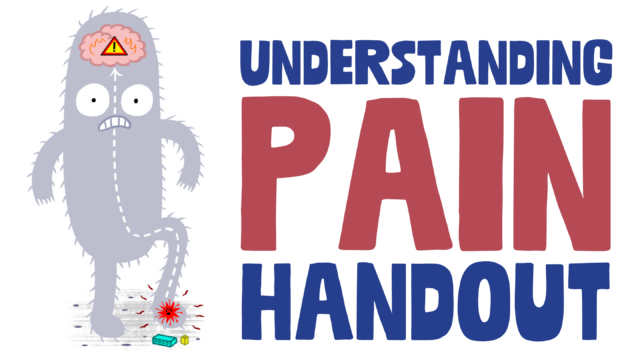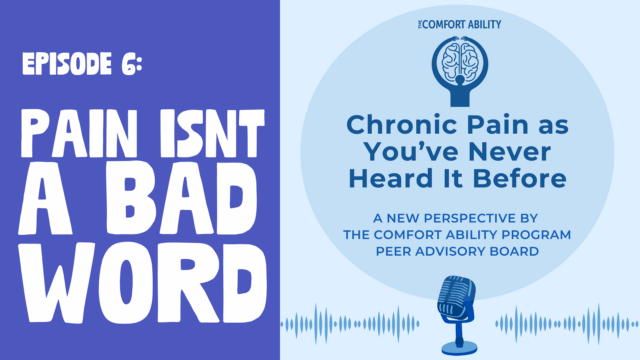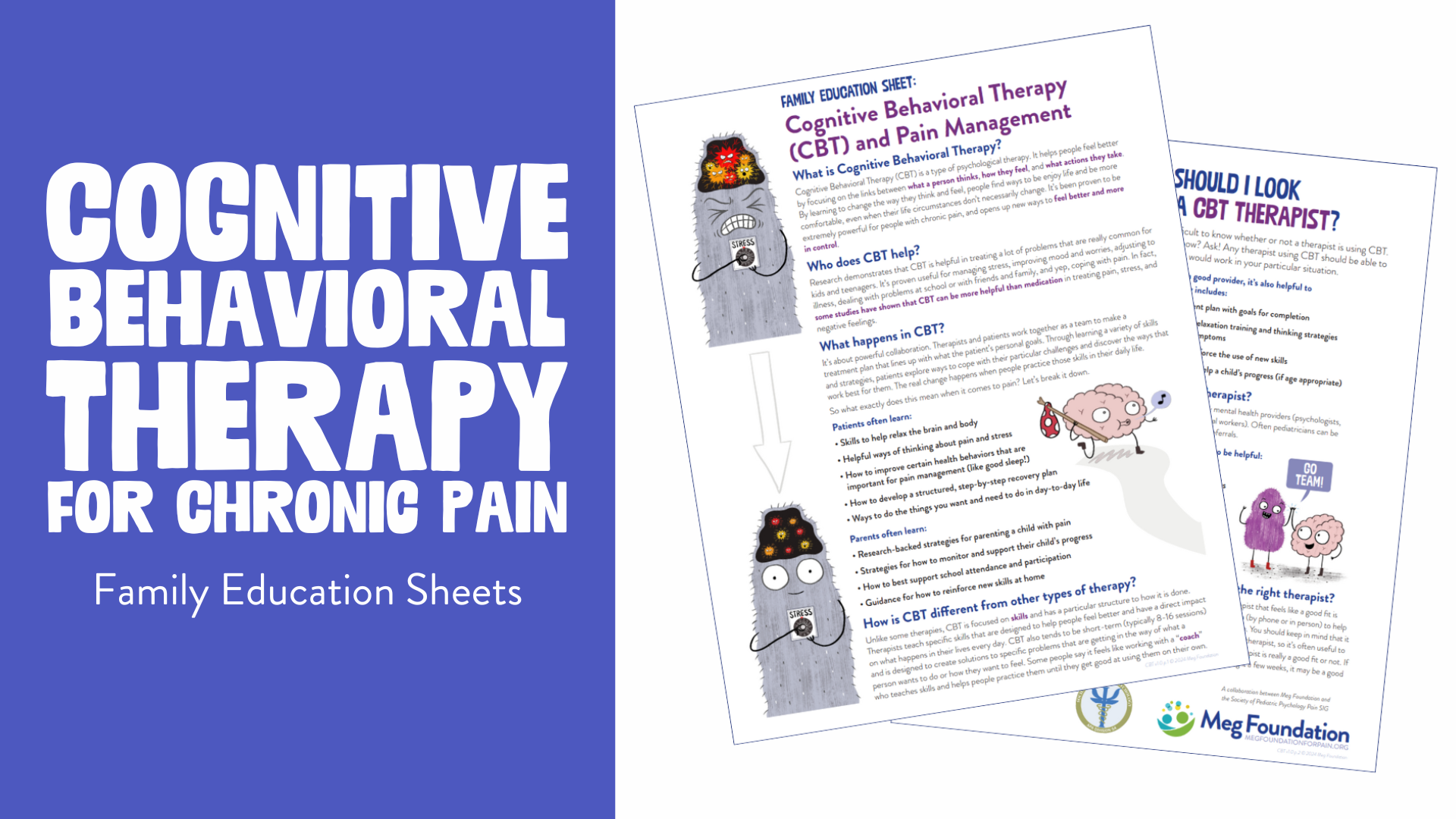
About This Resource
This is a part of our Family Education Sheets Series!
Cognitive Behavioral Therapy (CBT) helps kids and teens with chronic pain by focusing on how thoughts, feelings, and actions connect. This guide explains how CBT can empower kids to better manage pain through relaxation techniques, positive thinking, and structured plans. With the support of parents, teachers, and healthcare providers, CBT encourages a collaborative approach, making it easier for kids to get back to school, sports, and other activities they enjoy.
How To Use This Resource
PARENTS AND CAREGIVERS: Educate yourself and your kiddo about psychological interventions that are proven to help with chronic pain.
KIDS AND TEENS: Learn about how cognitive behavioral therapy can help you with your chronic pain and why it’s something you should consider. And no, it’s not because anyone thinks you’re crazy. But we are pretty sure you are human, which makes it a research proven good idea.
PROVIDERS: Give this to your patients and families that are impacted by chronic pain so they can learn about how psychological intervention can help. You likely also want to check out the other education sheets in this series that provide information on daily functioning, school challenges, sleep, and a guide other reputable chronic pain resources.
Who is this for?
This guide is for parents and caregivers supporting kids and teens with chronic pain. It’s also useful for healthcare providers.
This guide is part of a collaboration between the Meg Foundation and the Society of Pediatric Psychology’s Pain Special Interest Group.

You May Also Be Interested In
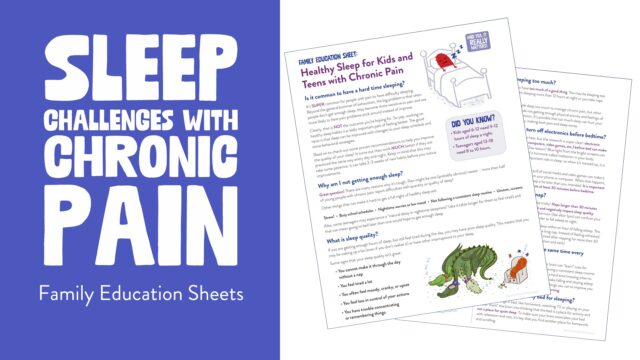
Downloads
Chronic Pain Family Education Sheets: Healthy Sleep for Kids and Teens
Sleep challenges and chronic pain often go hand and hand. Top experts put together this guide about all the things that can help!
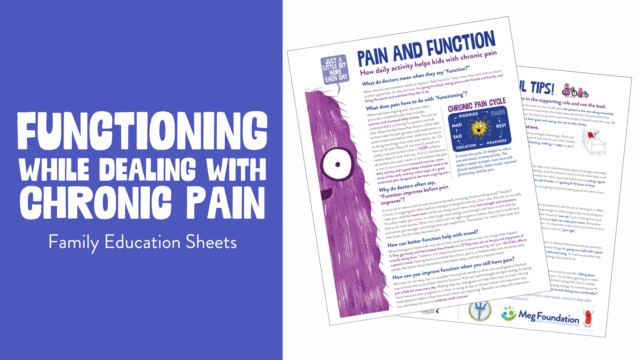
Downloads
Chronic Pain Family Education Sheets: Daily Functioning
Getting back to normal daily activities can feel like a big challenge when you're struggling with chronic pain. This guide breaks down both the why and how you can make that happen.
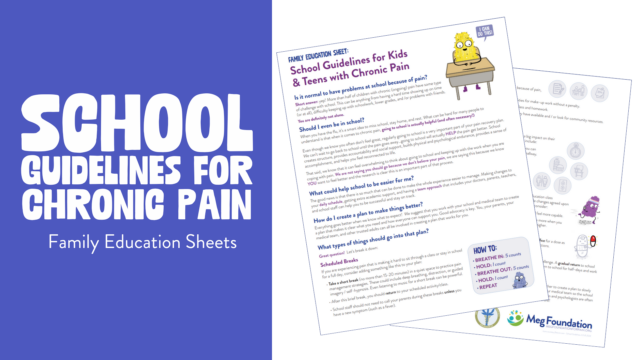
Downloads
Chronic Pain Family Education Sheets: School Guidelines
School can be tough when you’re dealing with chronic pain. This educational guide helps families understand all the ways they can support kids and teens as they navigate the challenges.
